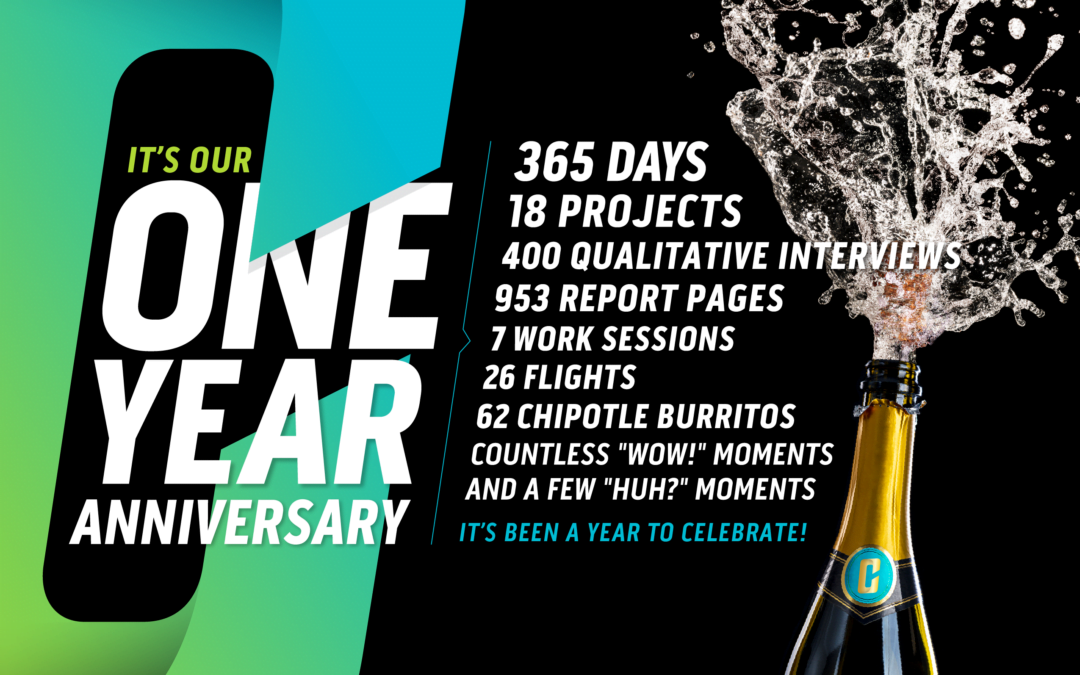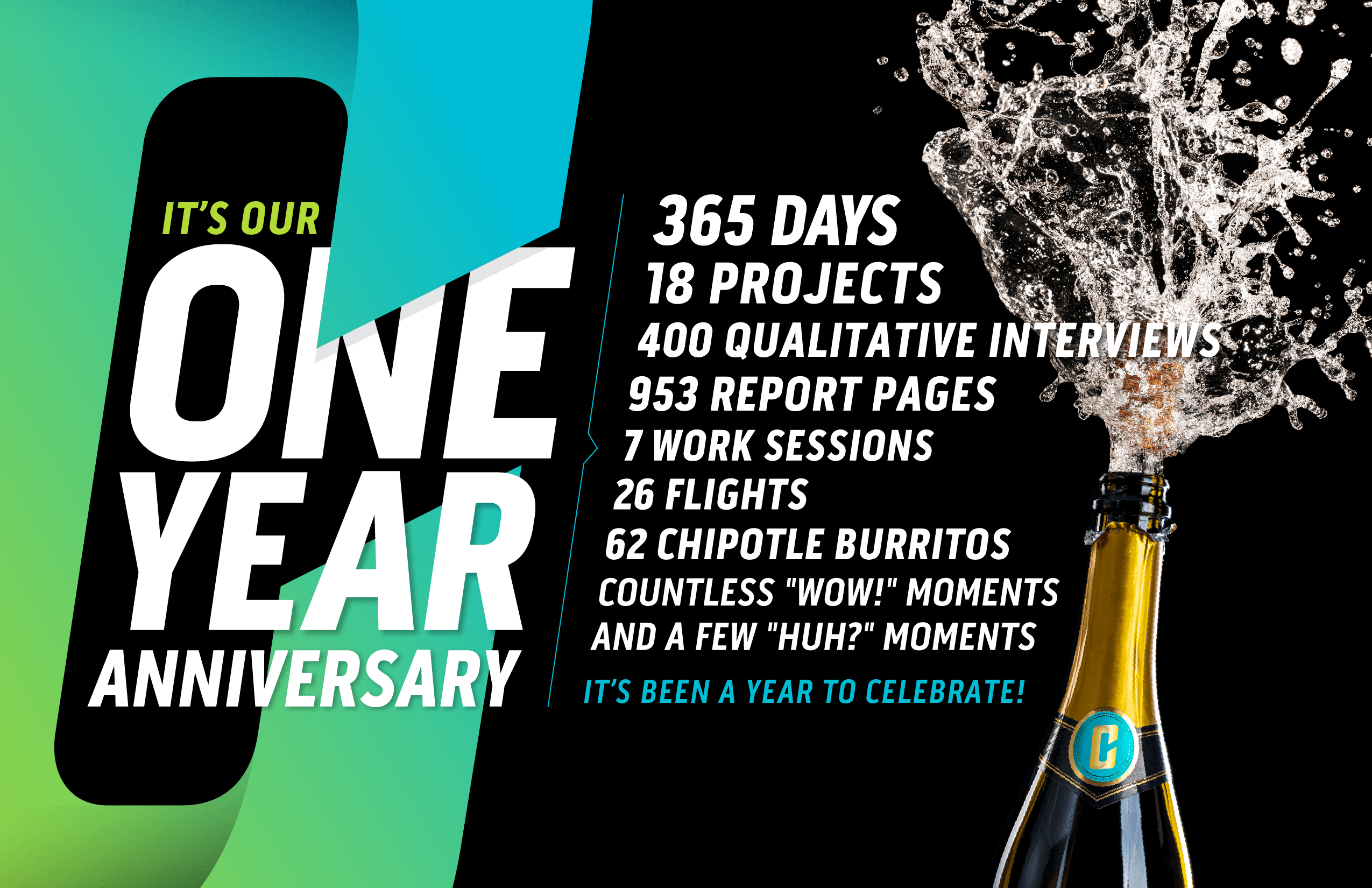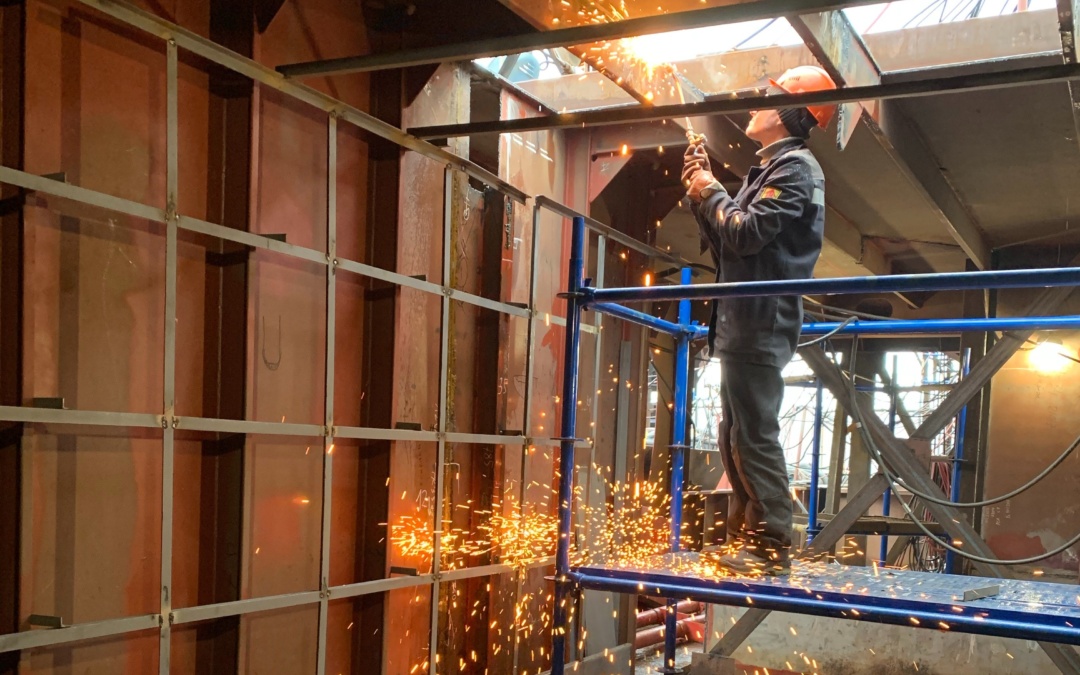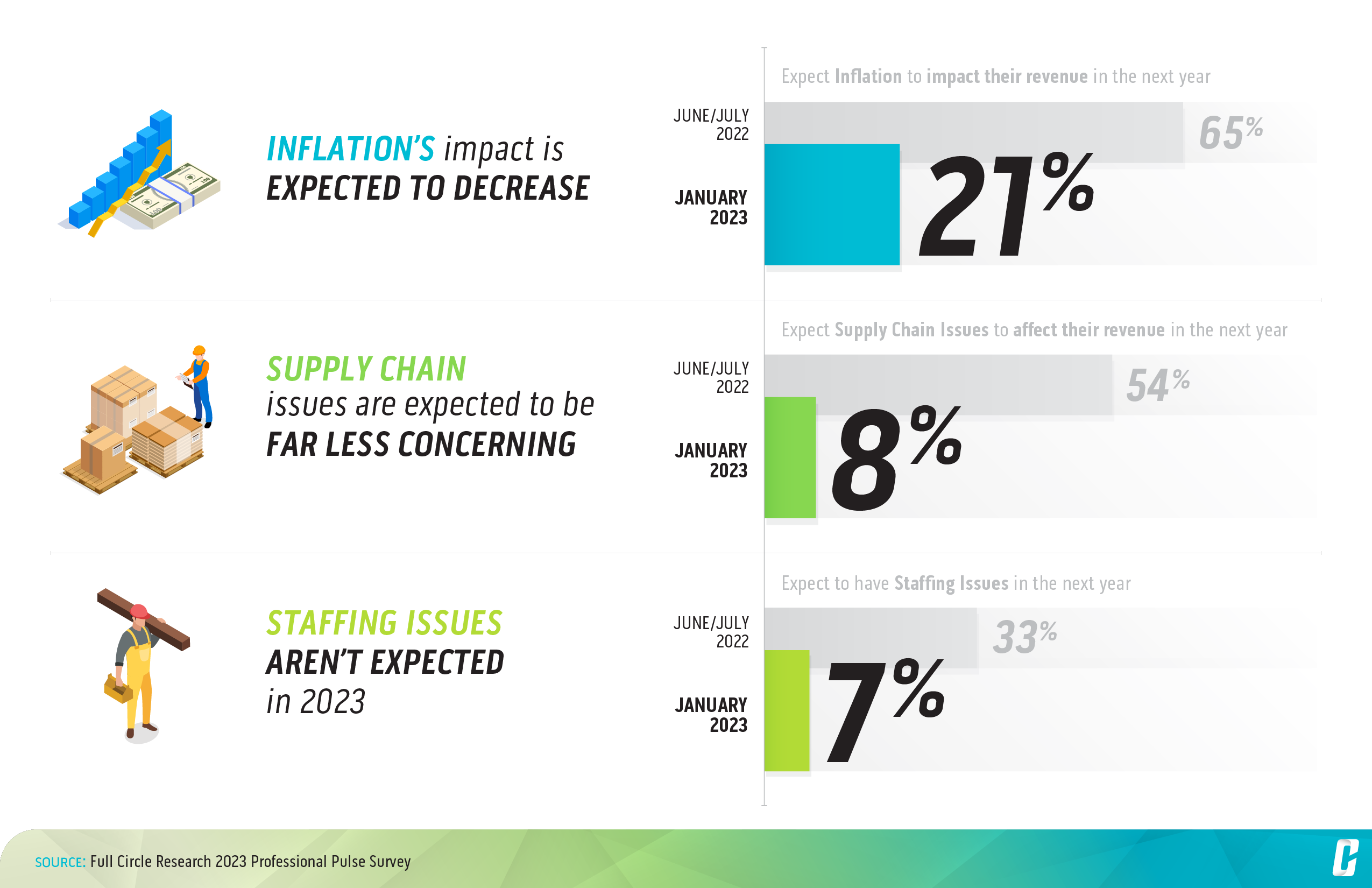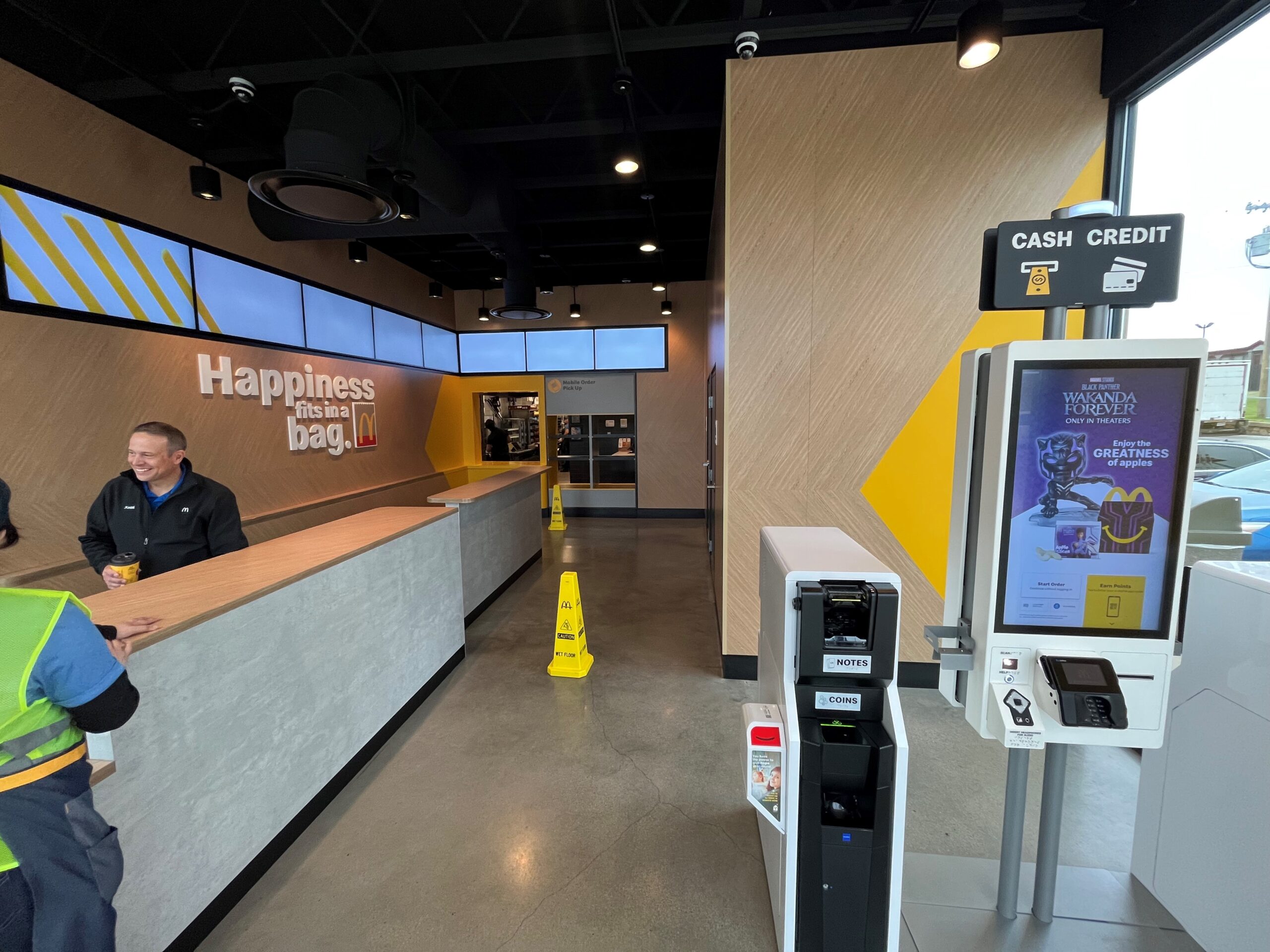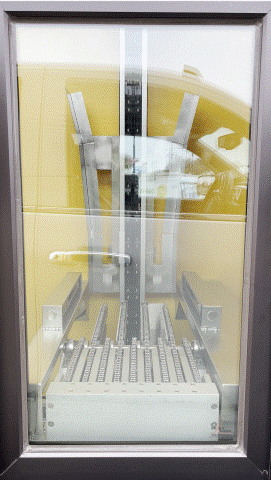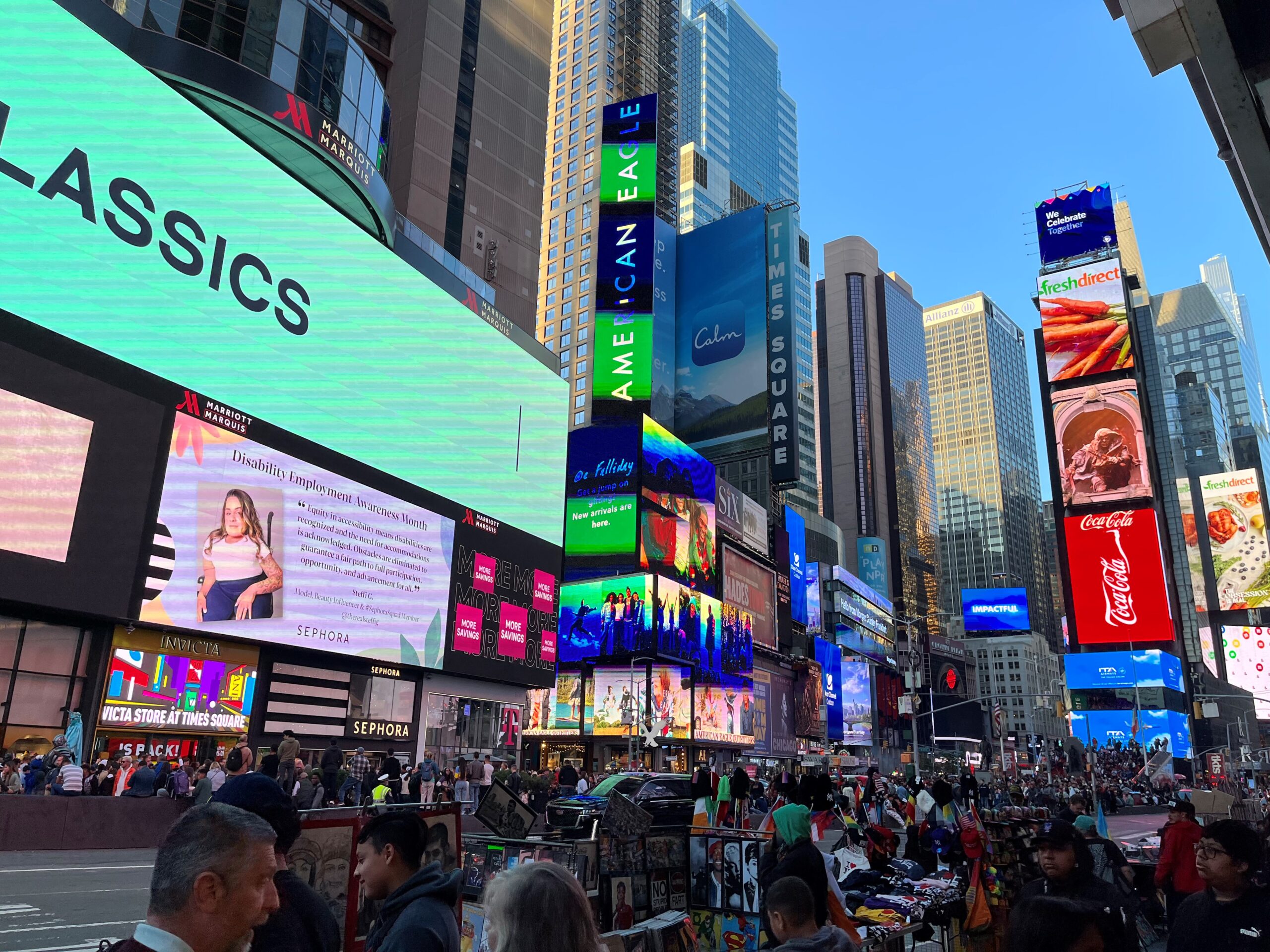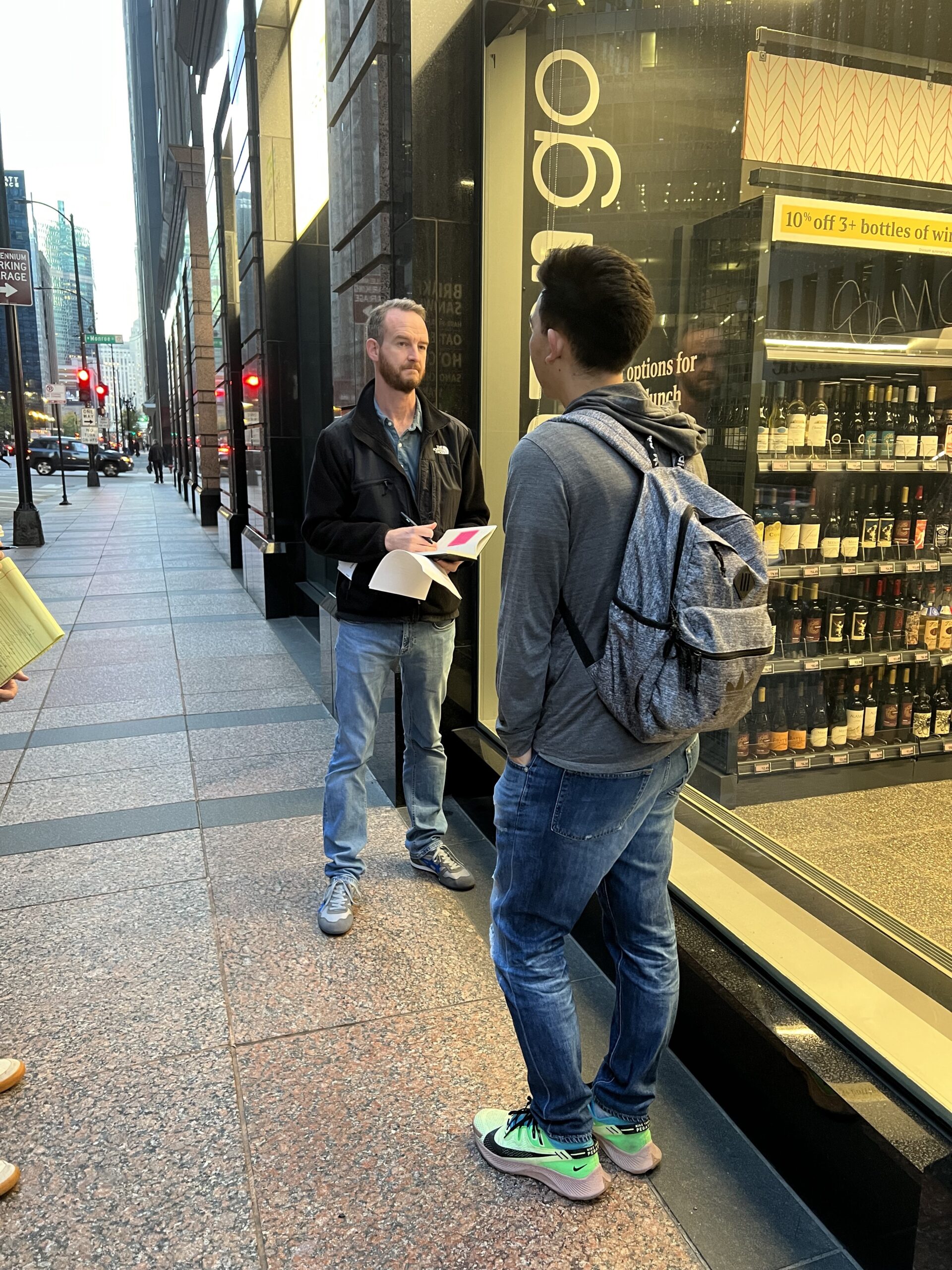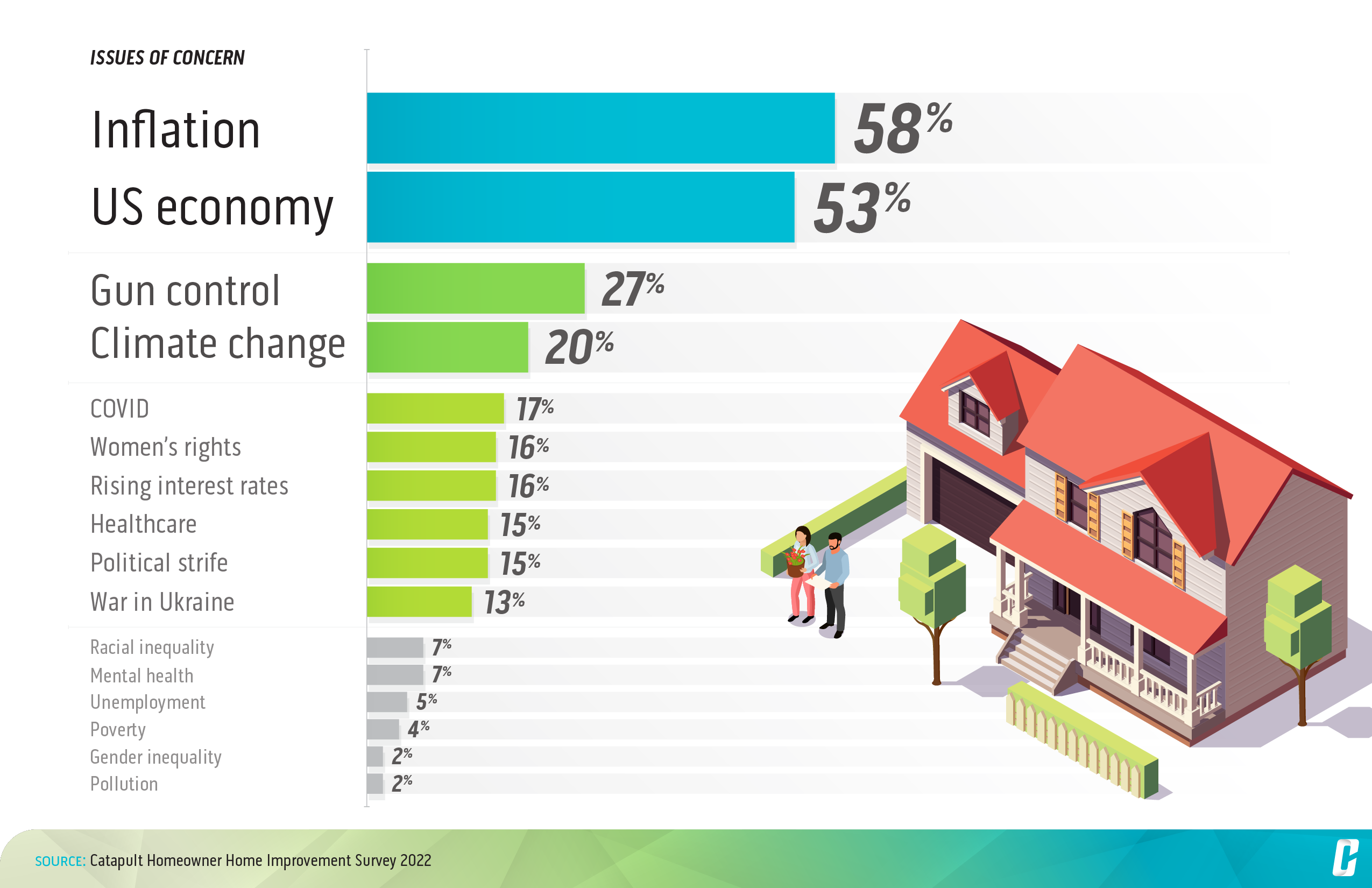Clearly the home improvement industry is continuing to shift, but what does this mean for durable goods brands and retailers?
Keep a consistent pulse on your customers. In just 6 months home improvement professionals went from expecting an uphill battle with inflation, supply chain, and staffing to feeling more secure with what the future may bring. The economy is shifting and people are feeling it which impacts their behaviors and expectations. During times of constant change it is critical to keep a pulse on what consumers are doing, thinking, and planning so your brand can be proactive in your marketing and business strategy.
Watch for over-supply in the market. Like the supply chain, a backlog of home improvement projects may finally be unraveling to return to a more normalized baseline. This means durable goods manufacturers should be watchful of over-supplying the market — something that’s been on our minds since last year. Keeping a watchful eye on consumer spending behaviors and the Consumer Sentiment Index can help your brand keep pace with demand.
Keep tabs on interest rates and what the downstream effect might be for your business. After a relentless climb last year, interest rates sit at just under double what they were a year ago. High interest rates will likely depress home sales/buying as we move through 2023. People are staying put in the homes they’ve likely already invested some home improvement dollars into over the past 2 years when home improvement projects were booming. Given this, it stands to reason that demand for home improvement projects might slow down which potentially means less supply chain strain and less staffing needs for pros to keep up. Brands who stay relevant and innovate will be top of mind for consumers and pros and will likely be able to snag a large piece of that home improvement budget pie, even if it’s overall size could shrink.
Innovate. This one is important. As signs of an apparent recession loom, we can expect more wild swings in pro (and consumer) confidence. This whiplash is challenging to navigate and can have long-term effects on consumer behavior and what people care about most. Be the brand who builds consumer confidence and stays top of mind by continually innovating, even when economic times are uncertain. History shows us that brands that innovate during a recession can come out on top. Focus on trends and evolving consumer needs, take risks, and work to take your brand and products into the future to meet consumers where they will be down the road.
Drop us a note at [email protected] if you’d like to learn more about what home improvement professionals are doing and expecting in 2023 and how your brand can shift your strategy to keep up.
Jill Miller
CO-FOUNDER
CATAPULT INSIGHTS
About the Survey
To provide the greatest value to its clients, Catapult Insights invests in consistent consumer research, especially within hard-to-reach audiences. For this Professional Pulse Survey, Catapult tapped online sample provider Full Circle Research, the industry leader for high-quality data, programming and hosting. This study was conducted from January 11 to 13, 2023, and captured insights from 303 home improvement professionals in trades across the industry spectrum. To learn more about the survey, contact Catapult Insights at [email protected]
About Full Circle Research
Named the 2021 Panel Company of the Year by The Marketing Research and Insight Excellence Awards (powered by Quirk’s), certified to ISO since 2014, GDPR-compliant and co-founder of the international ISO awareness campaign #QualityForAll, Full Circle leads the industry in online sample quality. The company’s award-winning survey experience HoNoR (Holistic Next-Level Research)® marries advanced tech, flexible community strategies, and industry-leading quality controls to deliver immediate access to proven-purest data, whether via its vibrant global panel or InstaConnect®, its premium programmatic solution that captures hardest-to-reach audiences. A staple on Inc. 5000’s Fastest-Growing Companies (2017-2022) and one of the highest-scoring businesses on Inc.’s 2022 Best Workplaces list, Full Circle’s foresight and agility are a direct result of a uniquely consultative approach delivered by diverse industry veterans. To learn more, visit iLoveFullCircle.com.
About Catapult Insights
Catapult Insights in an outcomes-focused insights and innovation consultancy that uses research as a foundational tool to help brands grow, evolve and future-proof their businesses. Catapult creates customized creative solutions to tackle specific needs, adapting their approach to answer clients’ biggest questions. Their robust suite of research methods and consulting approaches gives clients an accurate picture of people today: their needs, motivations and behaviors, as well as a predictable view into the future.
